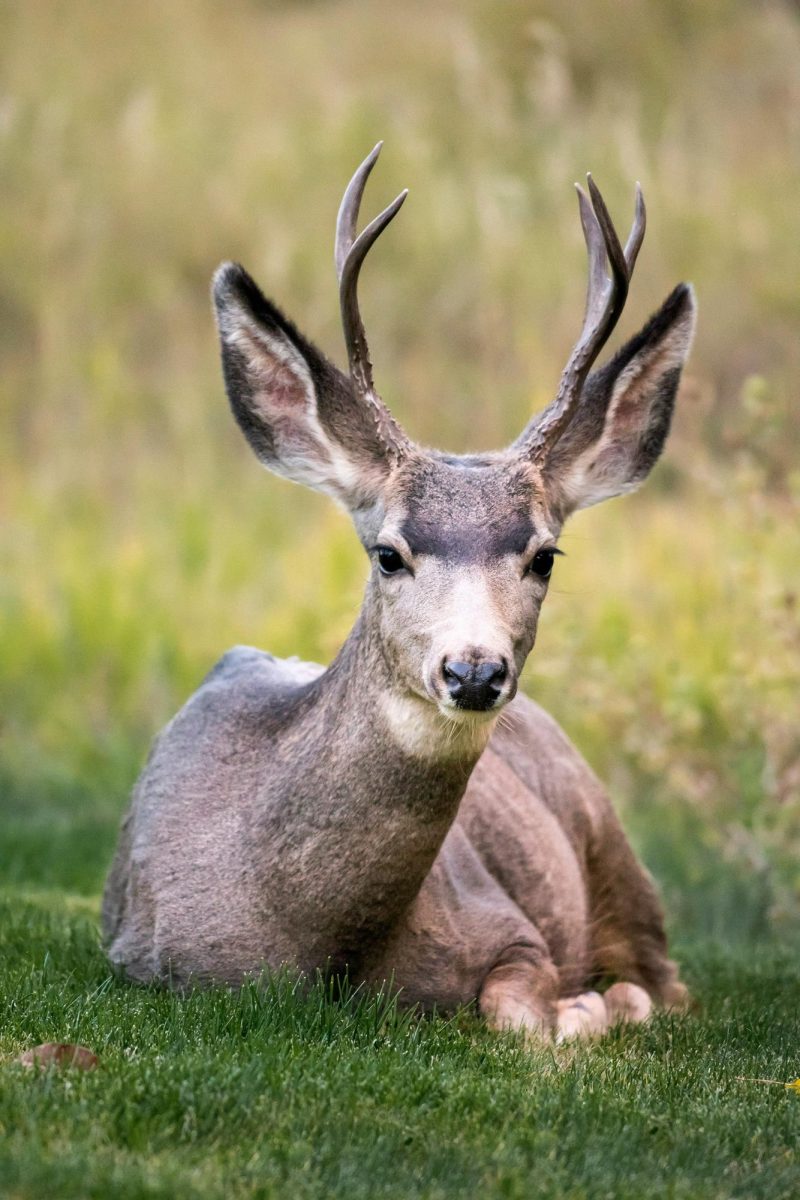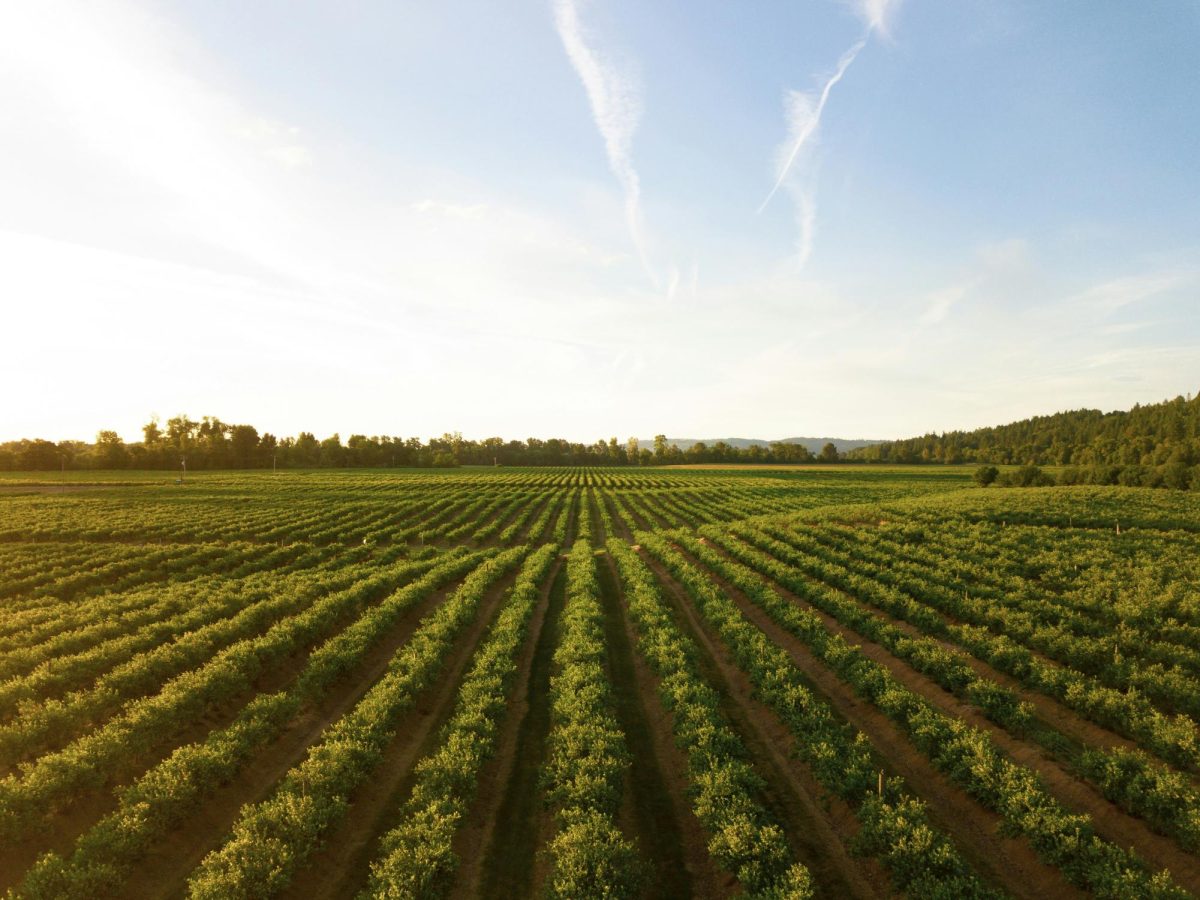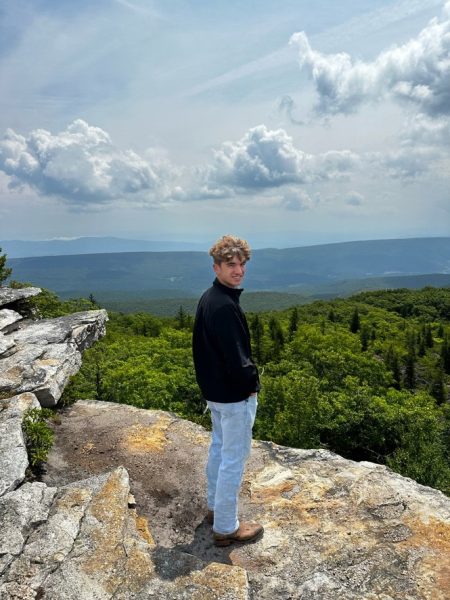West Virginia’s November deer season is a long-standing tradition that draws hunters from across the state and beyond. As the air turns crisp and the fall colors reach their peak, thousands of hunters head into the forests and mountains, hoping to tag a buck and continue a practice that’s both a sport and a way of life for many in the region.
The season typically begins in mid-November, aligning with the peak of the rut, or mating season, for white-tailed deer. This timing is crucial, as it increases the chances of encountering a buck, whose behavior becomes more erratic during this period. Bucks are more active, searching for mates, and they often abandon their usual patterns, making them easier to track.
Hunting in West Virginia is as much about the experience as it is about the harvest. The state’s rugged terrain, dense forests, and diverse ecosystems create a challenging and rewarding environment for hunters. Whether it’s sitting in a tree stand, stalking through the woods, or driving deer through a clearing, each hunting method requires skill and patience. Hunters often rely on knowledge passed down through generations, learning how to read tracks, signs, and weather patterns to predict deer movement.
At SMHS, a student named Tyson Kimball with deep roots in the area remarked, “Deer season isn’t just about the hunt; it’s about family, tradition, and respect for the land.”
The physical challenge of hunting, combined with the mental focus required, is why so many return to the woods year after year. It’s also a time for camaraderie, with many hunters sharing stories and meals, reinforcing the bonds within the community. Success is celebrated, but so is the time spent outdoors, surrounded by nature, where every hunt becomes part of the larger story of West Virginia’s wild beauty and heritage.








